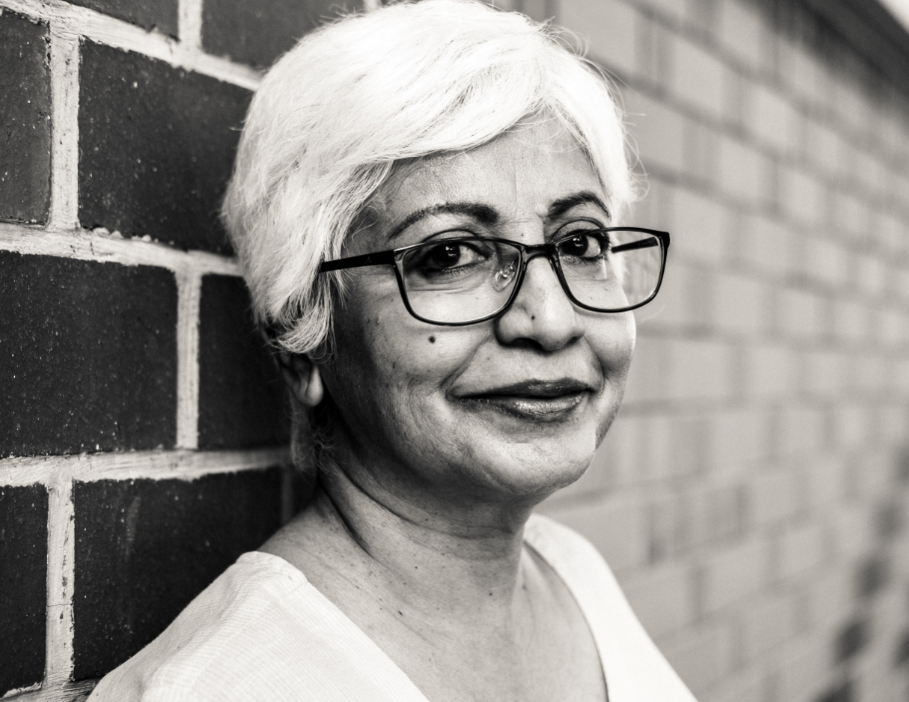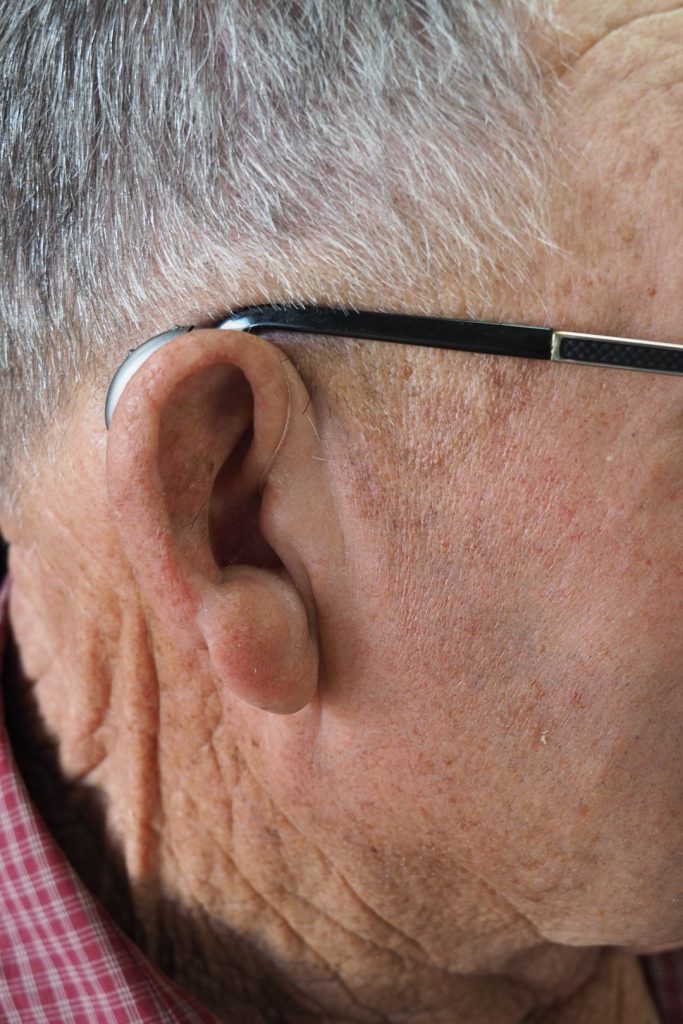VISION LOSS
Visual impairment is one of the major health problems among the older adults. On an average one in three person suffers from some kind of vision reducing eye disease by the age of 65 years. The prevalence of visual impairment among older adults in India ranges from 22% to 35%. Cataract and uncorrected refractive errors are the most common causes of the vision loss in Indian scenario.
Signs and Symptoms of Vision Loss:
- Progressive blurring of vision
- Loss of visual fields
- Severe, sudden eye pain
- Swollen, red eyes
- Sudden changes in the vision
- Recurrent pain x
- Hazy, blurred or double vision
- Flashes of light in the eye
- Halos around lights
- Unusual, even painful, sensitivity to light or glare.
- Changes in the color of the iris
- Itching, burning or a heavy discharge in the eyes
Prevention:
- See your physician regularly, to check for the disease that could cause eye problems, like diabetes, hypertension and use of medications like steroids for various conditions.
- Visit ophthalmologist or optometrist every year, undergo a complete eye examination to check for glaucoma , diabetic retinopathy and other diseases that can be treated if detected earlier.
- See a doctor immediately if you have any sudden loss of eyesight, blurred vision, eye pain, double vision, redness, swelling of your eye or eyelid or any discharge coming from the eye.
- Use appropriate visual aids as prescribed by ophthalmologist.
Age-related eye and vision changes and problems:
- Age-related macular degeneration (AMD): this disease affects the macula (center of the light-sensitive retina at the back of the eye), which causes central vision loss. Macular degeneration affects the central vision, peripheral or side vision is unaffected.
- Cataracts: these are cloudy or opaque areas in the normal clear lens of the eyes. Depending upon the location and size, it interfere with the vision. It usually causes blurred vision, decreased contrast sensitivity, dulling of colors and increased sensitivity to glare.
- Diabetic retinopathy: this condition is in people with diabetes. It is caused by the progressive damage of the tiny blood vessels that nourish the retina. The condition usually affect both eyes. Longer the duration and poorer the control of blood sugars greater are the chances of developing retinopathy. At its most severe, diabetic retinopathy can cause blindness.
- Dry eye: is a common problem in older adults. In this the person produces too few or poor-quality tears.
- Glaucoma: it is characterized by the loss of peripheral vision, usually cause by the damage to the optic nerve. It often affects both eyes, typically one before the other. Glaucoma is often painless and can have no obvious symptoms until there is a significant loss of side vision.
- Retinal detachment: this is the separation of retina from the underlying tissue. Retinal detachment most often occurs spontaneously due to changes to gel-like vitreous fluid that fills the back of the eye. Other causes include trauma to the eye or head, health problems like advanced diabetes, and inflammatory eye disorders. If not treated promptly, it can cause permanent vision loss.
- Uncorrected refractive errors: It refers to the refractive errors that could be corrected by using spectacles but have not been. It is a common cause of visual impairment in older adults.
image by- bbh-singapore-9T3ZHOcHiDo on unsplash


